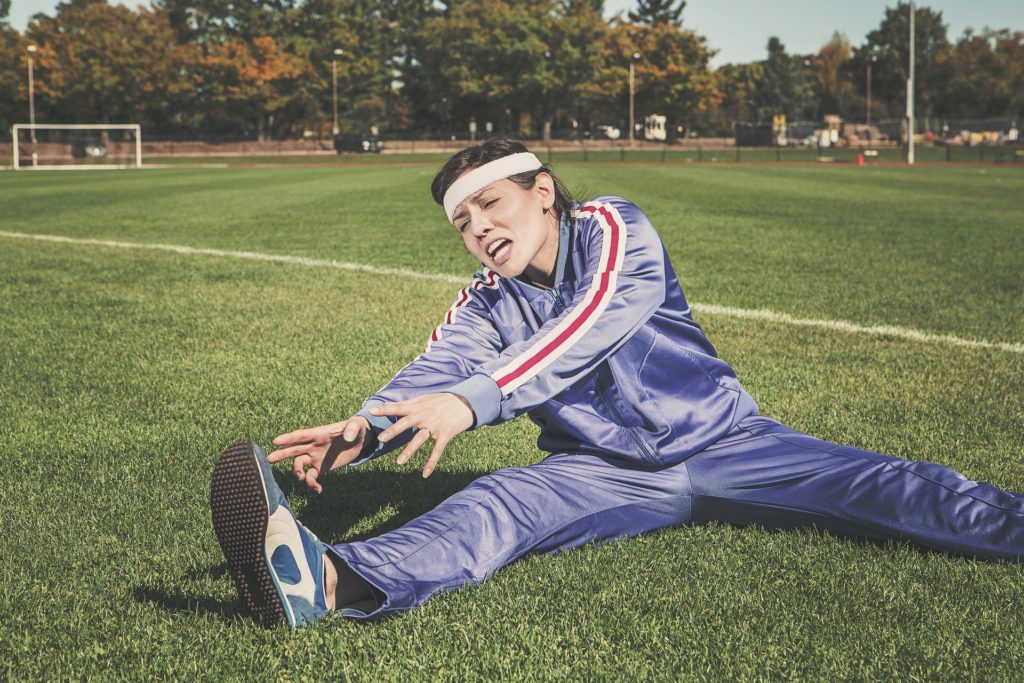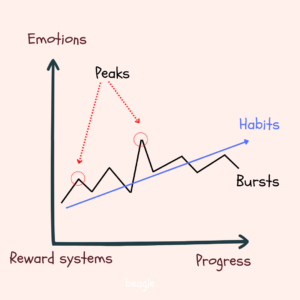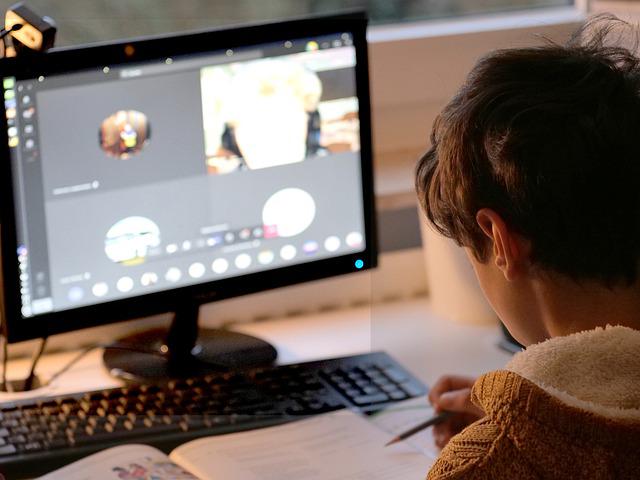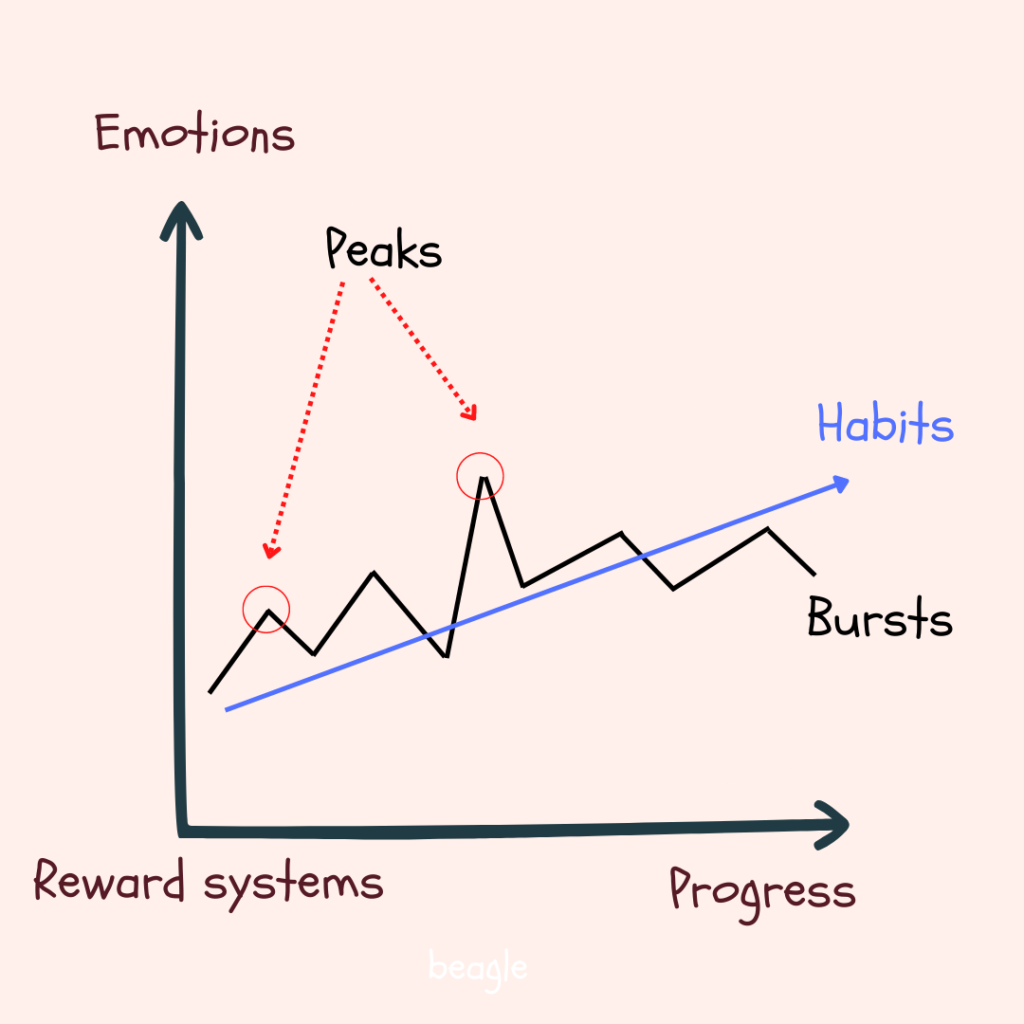So often we hear things like goals and New Year’s resolutions and by the next week, things fizzle out to silence.
The cool factor is there. You have something to shoot and aim for, but the very next moment the drag and resistance becomes so heavy that you find it more painful to change than not to change.
Change can be painful and difficult.
What got me into this topic was because I was exploring new paradigms on learning.

How do we set up someone to develop long term success? What makes some people more resilient to grinding than others?
Personally, I have been a strong proponent for working hard and working smart at the same time. Then I came across something very interesting. What if there is a better way of viewing goals and motivation?

So how does all of these tie in with children’s education?
Usually the younger the person is, the more malleable he or she is. The child tends to pick up habits and practices more easily and very often, unconsciously. It is at these critical stages of their lives, they develop habits and likings that may stick with them for a long time.
Likewise I believe that developing the right routine and environment for work can affect how a child perceives work. Let us back it up with science.
Chemically speaking, how does a person like something, and dislike something? Is there a way we can explain and define human behaviour and psychology?
Research pointed me to Dopamine. It is a neurotransmitter that our body produces and plays a huge role in how we experience pleasure. It is an inevitable part of our internal reward system.
Certain activities or external influences can cause the release of dopamine, such as seeing and tasting your favourite foods, achieving and overcoming a challenge, getting praised for doing the right things etc.
But yet our understanding of this subject has shown up in the way we used this piece of information in our learning environment. We have been conditioned that when we do something right, we get rewarded. We yearn for that praise as much as we yearn for that internal reward from ourselves.
In fact, this is how we train animals – using pain and pleasure. Roll 3 times and you get a treat. Bite the leg of the chair and you experience pain.
This carries on to almost every aspect of our lives, even as working adults. Work hard in an environment for a year or two, we expect some form of recognition or at least a pay raise. In hindsight, does such expectations set up a person for failure or success?
If we look at some of the most successful individuals to date, it is almost that they have a very different set of work ethics from the rest of us.

Walt Disney failed from his first cartoon business Laugh-O-Grams studios to losing Oswald the lucky rabbit to mounting debts and losing animators, yet he did not stop. Disney then went on and became one of the most prominent names in the industry to date.
Steve Jobs was a social outcast from fifth grade to college. He dropped out of Reed College, and later on was forced out of Apple due to a power struggle – and yet he did not stop. Jobs became an iconic figure to rethink how things had been done, and created a culture that surpassed his products.
These outliers do not seem to perceive success and failure as most others would.

So how can we craft our learning infrastructure to develop more resilience? Instead of relying on short bursts of dopamine and go from peak to peak, how about a progressive linear approach using the power of habits?
Let’s consider some of the day-to-day habits that we don’t even think about. Do you have the habit of washing up straight from the moment you wake up? How about Asian families removing shoes before entering the house? Or the habit of washing hands after using the bathroom?
These are good sanitary practices that we observe ever so often that it became part of us without even realising it. Are there bad habits too? Like rocking chairs, clicking pens and to a more extreme end – substance abuse?
In fact, one of the most commonly observed habits in adults these days is actually the usage of mobile phones. When we have that one slight gap of emptiness while in transportation or while waiting for our food orders, the next instinctive thing we would do is to swipe our phones. It doesn’t even matter what we are swiping at – as long as we’re swiping it.
Confess up, how many of us actually swipe our phones to the very moment before our eyes give up to sleep every night?
Bringing the topic back to children’s education, introducing productive and conducive habits early on in life can set up children for long term success.
These habits can be introducing a fixed time every single day for doing a particular activity. Consistency is the key. Just like school days, waking up at the same time everyday, and going through the same set of routine every morning.
Usually the consistency ends when children finish school. An actionable step you can take as a parent or an educator is to set up a schedule to develop productive habits. Such as, light jogs or walks everyday 5pm, arts appreciation classes every Wednesday evening, or programming classes every Friday afternoon.

The next point is crucial. Besides habits, rewarding at the right time matters. Reward not for the results, but the effort. Above that, the reward must be spontaneous and random. This trains the mind to make working on something a norm. We do not get rewarded for doing what is expected of us, but rather we find joy in work itself, and always strive to surpass our own expectations.
Reward ourselves and others for pointing to the right direction, and that reward is a bonus. The real and true benefit of working hard is the joy of working on something itself. Develop joy in taking upon challenges, in working tirelessly to create solutions. Develop the joy we experience seeing our creations come to life.
Lastly, for children to develop more consistency, where they study matters. Have conducive and designated spaces in the house for a specific purpose. For example, whenever they are in the study room, it helps them to quickly rein in focus on their books or tasks at hand.
Ideally, the place where children study should be separated from their rest and relaxation zones – which is their beds. There is a place to work, and there is a place to rest and relax. Environment matters.

